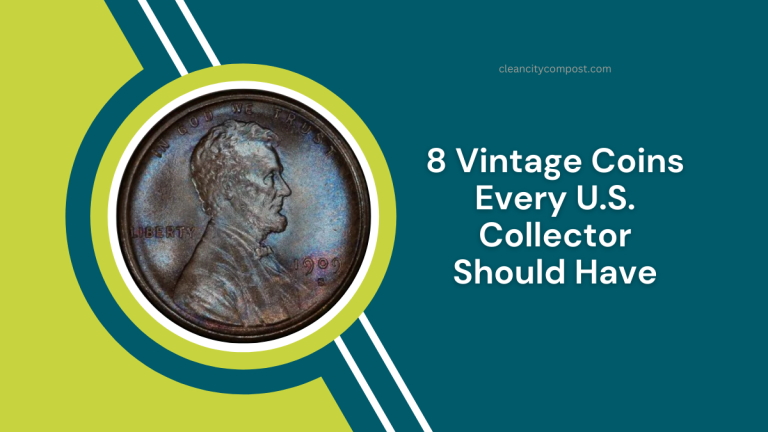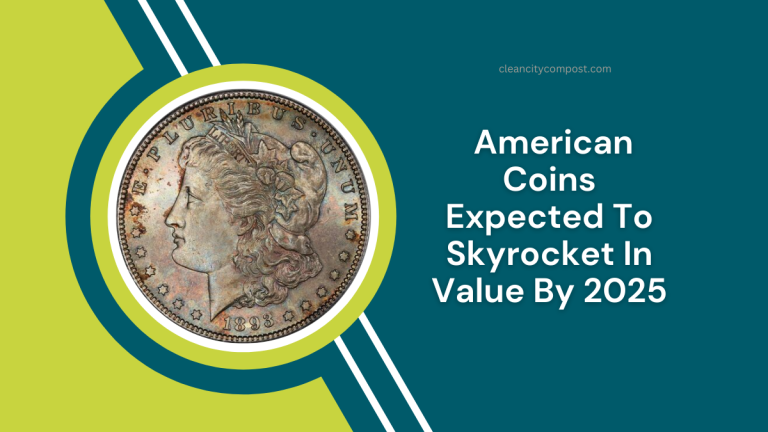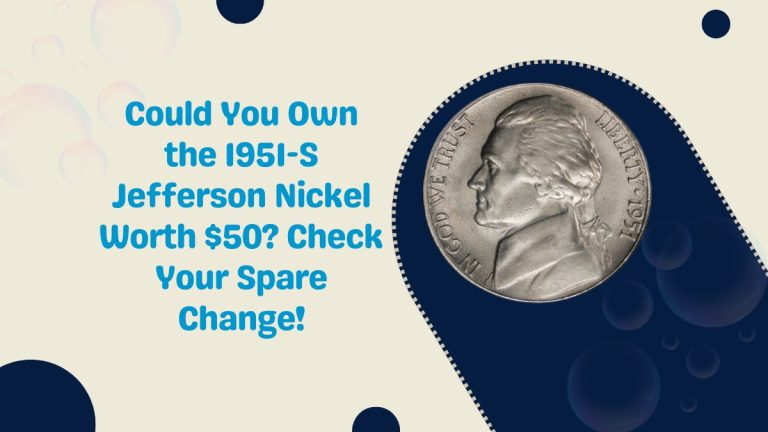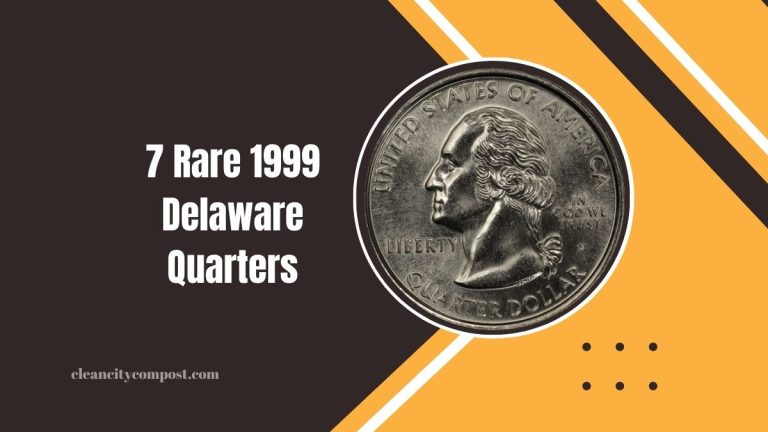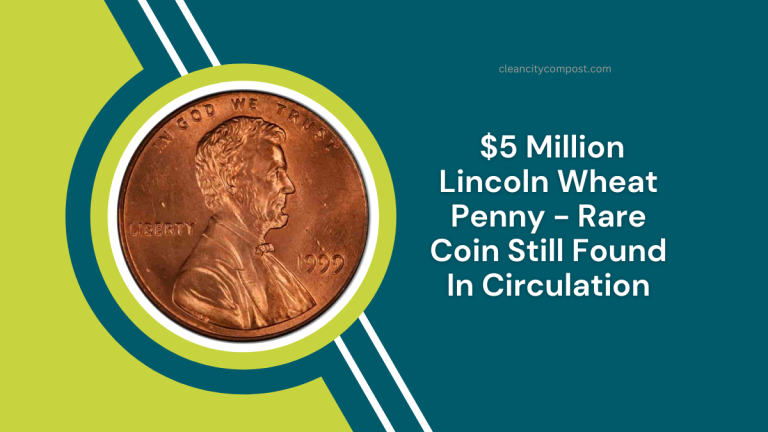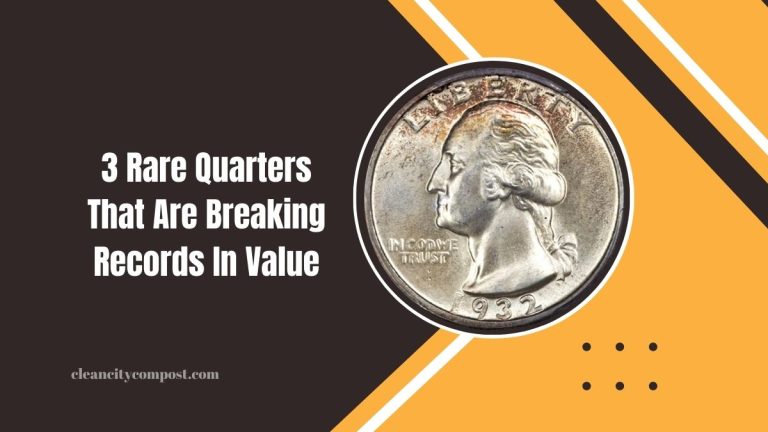Could You Own One of the 7 Rare Nickels Worth $1,000,000?
Nickels are often overlooked as valuable collectibles, but a few rare finds can fetch jaw-dropping amounts at auctions, with some selling for millions. Could you be holding onto a hidden treasure without knowing it?
In this guide, we’ll explore seven rare nickels that are worth up to $1,000,000 or more, provide detailed descriptions, and explain how to identify them.
Why Rare Nickels Are Worth So Much
The value of rare nickels is often determined by their age, rarity, minting errors, condition, and historical significance. Collectors are willing to pay a premium for unique coins with limited availability.
Many of these nickels have fascinating backstories, making them even more desirable. Below, we’ll dive into seven specific nickels that have caught collectors’ eyes and wallets.
The 7 Rare Nickels Worth a Fortune
| Nickel Name | Year | Estimated Value | Key Features |
|---|---|---|---|
| 1913 Liberty Head Nickel | 1913 | $3,737,500 | Only 5 known to exist; unauthorized minting makes it highly valuable. |
| 1942-D Over Horizontal D Nickel | 1942 | $1,000,000 | Features a rare mint error with a horizontal “D” mintmark. |
| 1918/7-D Buffalo Nickel | 1918 | $350,000 – $1,000,000 | A rare overdate error caused by reusing the 1917 die. |
| 1880 Shield Nickel | 1880 | $225,000 – $1,000,000 | Extremely low mintage, with fewer than 16 known to exist. |
| 1926-S Buffalo Nickel | 1926 | $322,000 | Known for its low mintage and high demand among collectors. |
| 1937-D 3-Legged Buffalo Nickel | 1937 | $100,000 – $400,000 | A minting error resulted in the buffalo missing one of its front legs. |
| 1867 Shield Nickel With Rays | 1867 | $100,000 – $150,000 | First-year issue with rays on the reverse; rare in uncirculated condition. |
1. 1913 Liberty Head Nickel – The Crown Jewel of Nickels
The 1913 Liberty Head Nickel is one of the most famous and valuable coins in U.S. history. Only five were minted without authorization, making them incredibly rare. These coins often sell for millions at auction, with one fetching $3,737,500 in 2010.
How to Identify It:
- Features Lady Liberty’s profile on the obverse.
- Reverse shows “V” for five cents and the United States motto.
Why It’s Valuable: Its unauthorized minting has made it the stuff of legends, and its scarcity continues to drive demand.
2. 1942-D Over Horizontal D Nickel
A fascinating mint error makes this coin highly valuable. The “D” mintmark is struck horizontally under the vertical “D,” creating a unique feature.
How to Identify It:
- Look for a faint horizontal “D” under the visible “D” mintmark on the reverse.
- These coins were struck at the Denver Mint.
Why It’s Valuable: Minting errors are always intriguing to collectors, and this one is exceptionally rare.
3. 1918/7-D Buffalo Nickel
This coin is a prime example of an overdate error caused by reusing a die from the previous year. The “7” from 1917 can still be seen under the “8” in the date.
How to Identify It:
- Inspect the date for remnants of a “7” under the “8.”
- Buffalo design on the reverse with “D” mintmark for Denver.
Why It’s Valuable: Only a few are known to exist, and its historical minting error adds to its appeal.
4. 1880 Shield Nickel
This Shield Nickel stands out for its extremely low mintage. With fewer than 16 coins known to exist, it is one of the rarest U.S. coins.
How to Identify It:
- Features a shield on the obverse and a wreath surrounding the denomination on the reverse.
Why It’s Valuable: Its rarity and the difficulty in finding one in pristine condition make it highly sought after.
5. 1926-S Buffalo Nickel
Despite its larger mintage, the 1926-S Buffalo Nickel is considered rare due to its poor strike quality and low survival rate in high grades.
How to Identify It:
- Look for the “S” mintmark under “FIVE CENTS” on the reverse.
Why It’s Valuable: High-grade specimens are incredibly scarce, making them highly desirable to collectors.
6. 1937-D 3-Legged Buffalo Nickel
This famous error coin was created when one of the front legs of the buffalo was accidentally removed during die polishing.
How to Identify It:
- Missing front leg on the buffalo in the design.
- “D” mintmark below “FIVE CENTS” on the reverse.
Why It’s Valuable: Its striking error makes it a centerpiece in any collection.
7. 1867 Shield Nickel With Rays
This coin was part of the first year of Shield Nickel production and is especially rare with rays on the reverse.
How to Identify It:
- Rays extending outward on the reverse.
- Shield design on the obverse.
Why It’s Valuable: Coins from this series with rays are difficult to find, particularly in mint condition.
How to Determine If Your Nickel Is Valuable
Here are some tips to determine if your nickel might be one of these rare finds:
- Inspect the Date and Mintmark: Look closely at the year and mintmark. Errors or unique features could indicate rarity.
- Check the Condition: Coins in uncirculated or high-grade condition fetch higher prices.
- Look for Errors: Minting errors like overdates or missing elements add significant value.
- Get It Graded: Have your coin evaluated by a professional grading service like PCGS or NGC.
- Research Auction Results: See if similar coins have sold for high amounts.
Owning one of these rare nickels could make you a millionaire overnight. Check your coin collection or spare change for these hidden treasures.
Whether it’s a minting error, an overdate, or a limited mintage, these rare nickels continue to captivate collectors and command high prices at auctions. Don’t wait—inspect your coins today!
FAQs
How can I tell if my nickel is rare?
Look for unique features such as minting errors, unusual dates, or specific mintmarks. Using a magnifying glass or a professional coin grading service can help.
Where can I sell a rare nickel?
Rare nickels can be sold at coin auctions, through online marketplaces, or directly to collectors. Auction houses like Heritage Auctions are popular for high-value coins.
Are all old nickels valuable?
Not all old nickels are rare or valuable. Key factors include rarity, condition, and historical significance.


